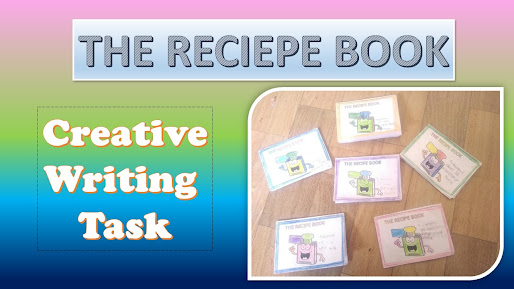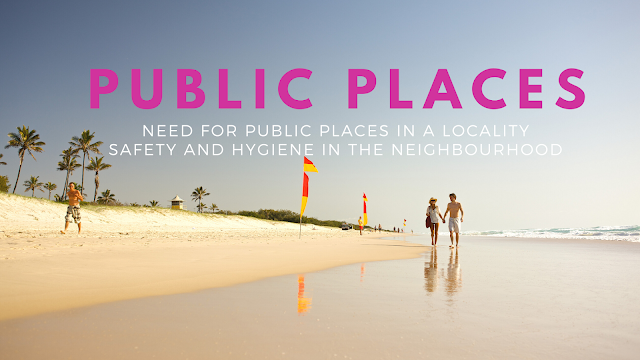'Flipbook' creative writing activity- Role of comics in developing writing skills.
As Stephen Cary, a second language learner specialist and author of Going Graphic: Comics at Work in the Multilingual Classroom, says: “Comics provide authentic language learning opportunities for all student. The dramatically reduced text of many comics makes them manageable and language profitable for even beginning-level readers. Creativity is more important to teach primary students. So I always plan such creative activities in my class.
Comics provide narrative experiences for students just beginning to read and for students acquiring a new language. Students follow story beginnings and endings, plot, characters, time and setting, sequencing without needing sophisticated word decoding skills. Images support the text and give students significant contextual clues to word meaning. Comics act as a scaffold to student understanding.
Writing skills are an important part of communication. Good writing skills allow you to communicate your message with clarity and ease to a far larger audience.
So I use comics in my teaching to develop the reading and writing skills of my students. The diagrams help me to make my learners understand the concept well and write the story in their way.
Here I have prepared a worksheet of the story "The Recipe Book" given in the 3rd grade. After completion of the lesson, I have converted the story into a comic with the scenes and characters. And the same has been used in preparing the worksheet. Later I gave the worksheet and asked them to read and understand the pictures. And then asked them to write the story based on the scenes and characters.
Many students read fluently, but find it difficult to write. They complain that they don’t know what to write. They have ideas, but they lack the written language skills to create a beginning, follow a sequence of ideas and then draw their writing to a logical conclusion.
So such comic worksheets help students to get a great visual representation of the story and engaging through thinking, creating, and writing. Finally, I told my students to present the story. I recorded their presentations for their better reading skills.
Worksheets can help students write from the bottom of their hearts and become more creative writers. For students experiencing difficulty in this area, it is beneficial to break the elements of writing into small, specific steps, teach these steps systematically, and then provide opportunities for these steps to be practiced individually before combining them into a large piece of writing. So comic writing or timeline writing will help your learners to connect and memorize the events of a story or the content.
For more wring tips and activities read my previous post. "3 Writing tasks to help learners write better, more understandable English."
.







Comments